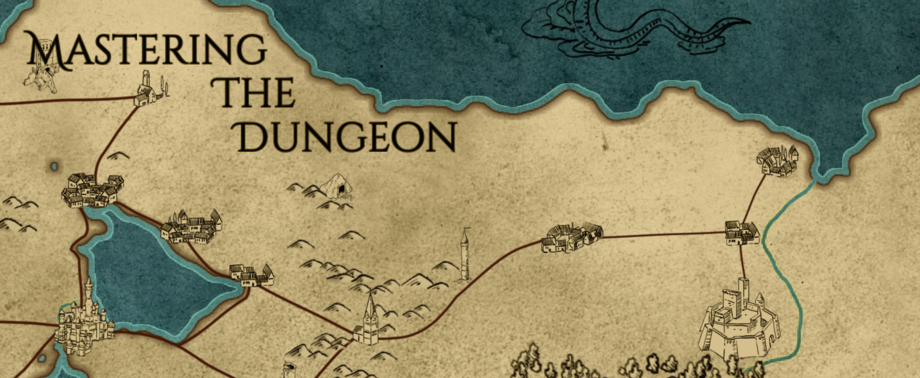
Cities Generator
While the Historically-Sourced Price Listings may be the tool I've developed that I use the most frequently, my Cities Generator is probably the tool I'm proudest of. As with the Prices List, I'll be writing a post about my process soon enough for those who are interested.
The purpose of these calculators is not to generate an individual city in detail. Rather, the goal is to populate a realm with cities of appropriate size and occupancy. Click "Populate Cities," and the chart below will fill in with 68 randomly-assorted (but realistically-weighted) city populations. Depending on the size of the realm you're going for, take an appropraite number of cities from the beginning of the list. That's your collection of "settlements of at least 1000 people." Place them in likely spots on your map, give them some names, and you're done!
From there, you can use the second calculator to figure out how large those cities are likely to be given their populations. But more on that in a moment. First a few words about the first tool.
First point: Entries are unsorted so that you can take any number of cities and be guaranteed an appropriately-statistically-generated outcome. No need to worry about poking about, unless there's something very specific you're after (in which case, it's not clear to me why you'd need a random generator).
Second point: Populations are given in thousands, and can range from 1-210. This is urbanized population in the settlement. Supporting farmland and towns are not included in this calculator (though they are included in the second).
Third point: Clicking "Populate Cities" will give you a new output.
Fourth point: Populations are based on the assumption of average fertility and weather conditions, given a level of technology appropraite to ca. 1300. Deviations from this context will be something you'll need to work out on your own.
Fifth and final point: I mentioned taking "an appropriate number of cities" above. In the event you have a historical analogue in mind, the following may be useful. In the period from which my data was taken:
- The Holy Roman Empire contained about 65 cities of 1000+ people
- The Kingdom of France contained about 45 cities of 1000+ people
- The Kingdom of England contained about 40 cities of 1000+ people, though none over 70000
- The Papal States contained about 30 cities in my dataset, but none with under 8000 urbanized inhabitants.
| City | Pop(k) | City | Pop(k) | City | Pop(k) | City | Pop(k) | |||
| 1 | 18 | 35 | 52 | |||||||
| 2 | 19 | 36 | 53 | |||||||
| 3 | 20 | 37 | 54 | |||||||
| 4 | 21 | 38 | 55 | |||||||
| 5 | 22 | 39 | 56 | |||||||
| 6 | 23 | 40 | 57 | |||||||
| 7 | 24 | 41 | 58 | |||||||
| 8 | 25 | 42 | 59 | |||||||
| 9 | 26 | 43 | 60 | |||||||
| 10 | 27 | 44 | 61 | |||||||
| 11 | 28 | 45 | 62 | |||||||
| 12 | 29 | 46 | 63 | |||||||
| 13 | 30 | 47 | 64 | |||||||
| 14 | 31 | 48 | 65 | |||||||
| 15 | 32 | 49 | 66 | |||||||
| 16 | 33 | 50 | 67 | |||||||
| 17 | 34 | 51 | 68 |
Now that you've got your cities populated, it's time to figure out how big they would be expected to be! This one is pretty simple. Simply put the number of thousands of people in up to ten of your cities into the entry boxes below (so, for a city of 5000 people, enter a "5"), and click "Submit." Each city will then be associated with two distances. The first is how far, in miles, the city's urbanized area extends from its center, on average. The second is how far, in miles, the total settled area associated with the city extends from the city's center, on average.
So, for example, if you enter a "12" into one of the boxes, you'll receive the outputs "0.34," and "4.62." This means that your city of 12000 people would be expected to extend about a third of a mile from its center in any direction, and that the farmland, woodland, et cetera supporting the city would be expected to extend about 4.28 miles beyond the city's limits (4.62-0.34).
Again, these estimates are based on an average across Europe circa 1300, so you may need to tweak things. If your city is in an especially-fertile area, for example, you'll need less farmland to feed the city, and so the second output can be expected to decrease given the same population.
| Pop(k) | City Rad (mi) | Settled Rad (mi) |